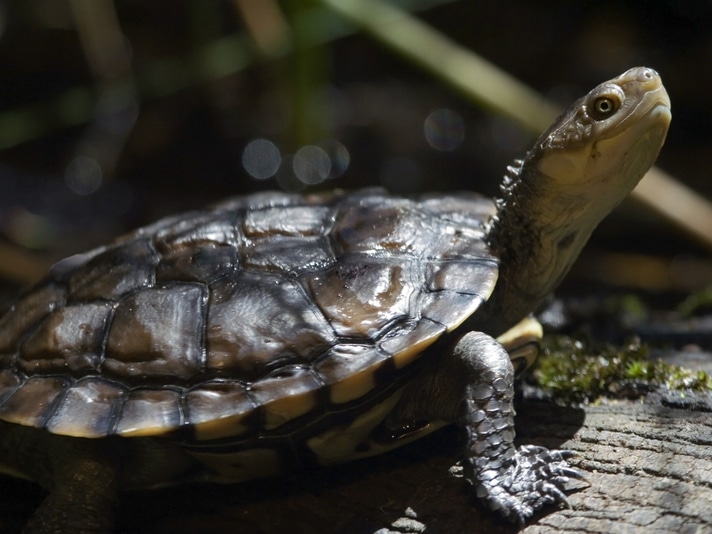More than 1,040 western swamp tortoises have been successfully bred as part of Western Shield, a breeding program to bolster the wild populations of the tortoise.
Moore River Nature Reserve, north of Perth, Australia is the new home of 30 critically endangered western swamp tortoises (Pseudemydura umbrina) that were released into the reserve last month, adding to an existing population of tortoises that was established in 2007.
"The western swamp tortoise is Australia's rarest and most critically endangered reptile," Dr. Gerald Kuchling told News.com.Au.
"Some of the 146 juveniles previously released there have already reached maturity and started breeding with new hatchlings recorded."
Read More
Aussie Teen Helps Raise Funds for New Western Swamp Tortoise Breeding Facility
The western swamp tortoise experienced declines so severe that there were an estimated 50 individuals in 1988. But since a captive breeding program, called Western Shield, was instituted by the Perth Zoo, more than 1,040 tortoises have been successfully bred and are being released into the wild when they reach three years of age.
The western swamp tortoise fell victim to habitat loss and low rainfall, as well as predation by introduced species such as foxes, pigs and rats.
The effort to bolster the populations is slow due to the fact that the tortoises take eight to 15 years to reach sexual maturity.
The western swamp tortoise is a short-necked freshwater turtle that grows to about 155mm in length and can weigh up to 550 grams. It occurs in the southwest of Western Australia in just a few locales, including the Swan Coastal Plain and near the Pearce Royal Australian Air Force Base. It was listed as critically endangered on the 1996 IUCN Red List.


